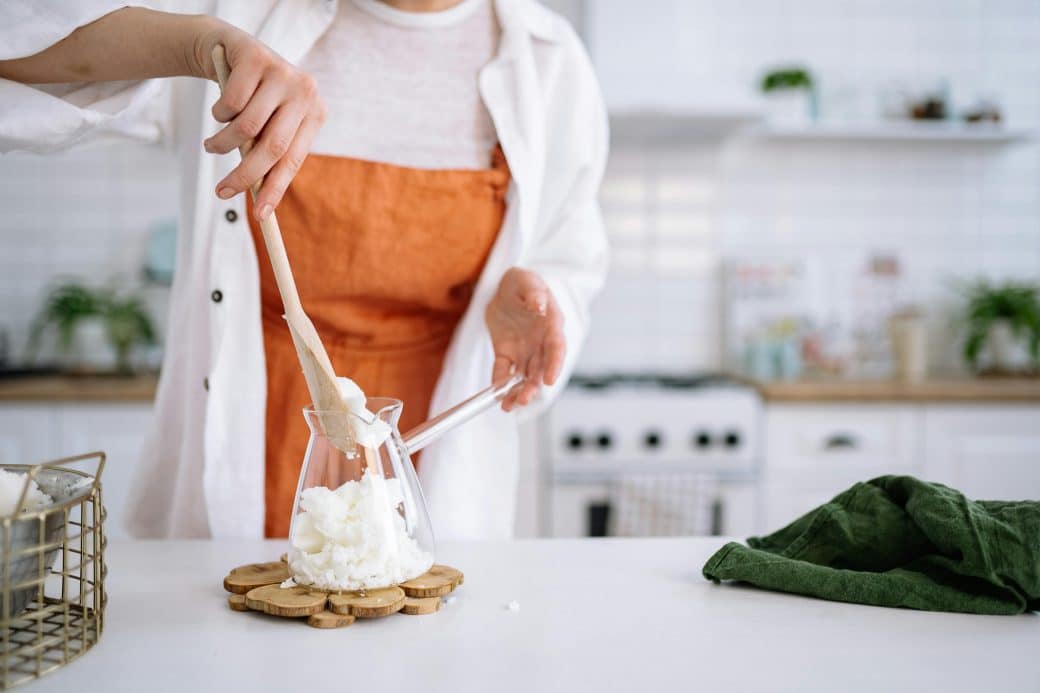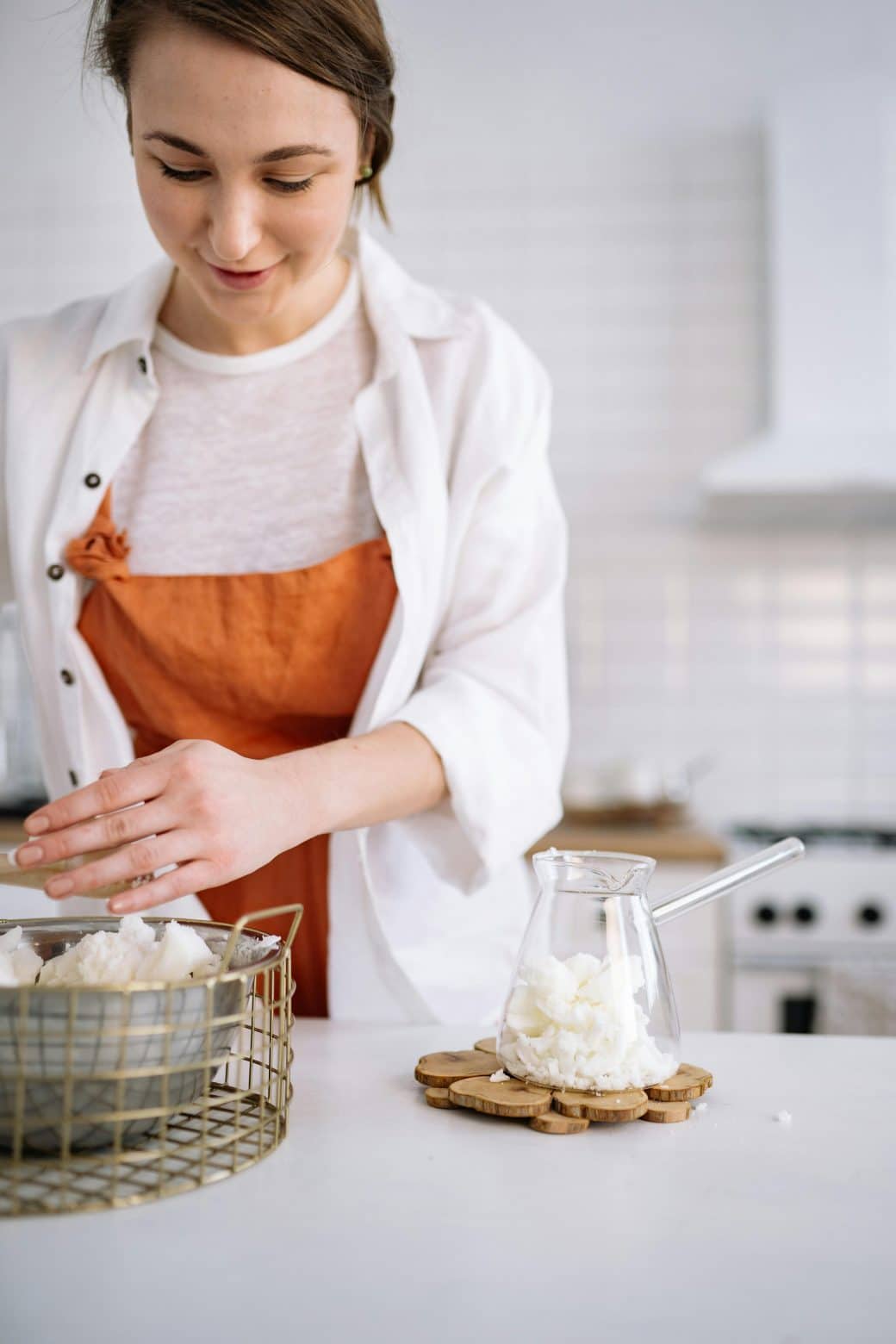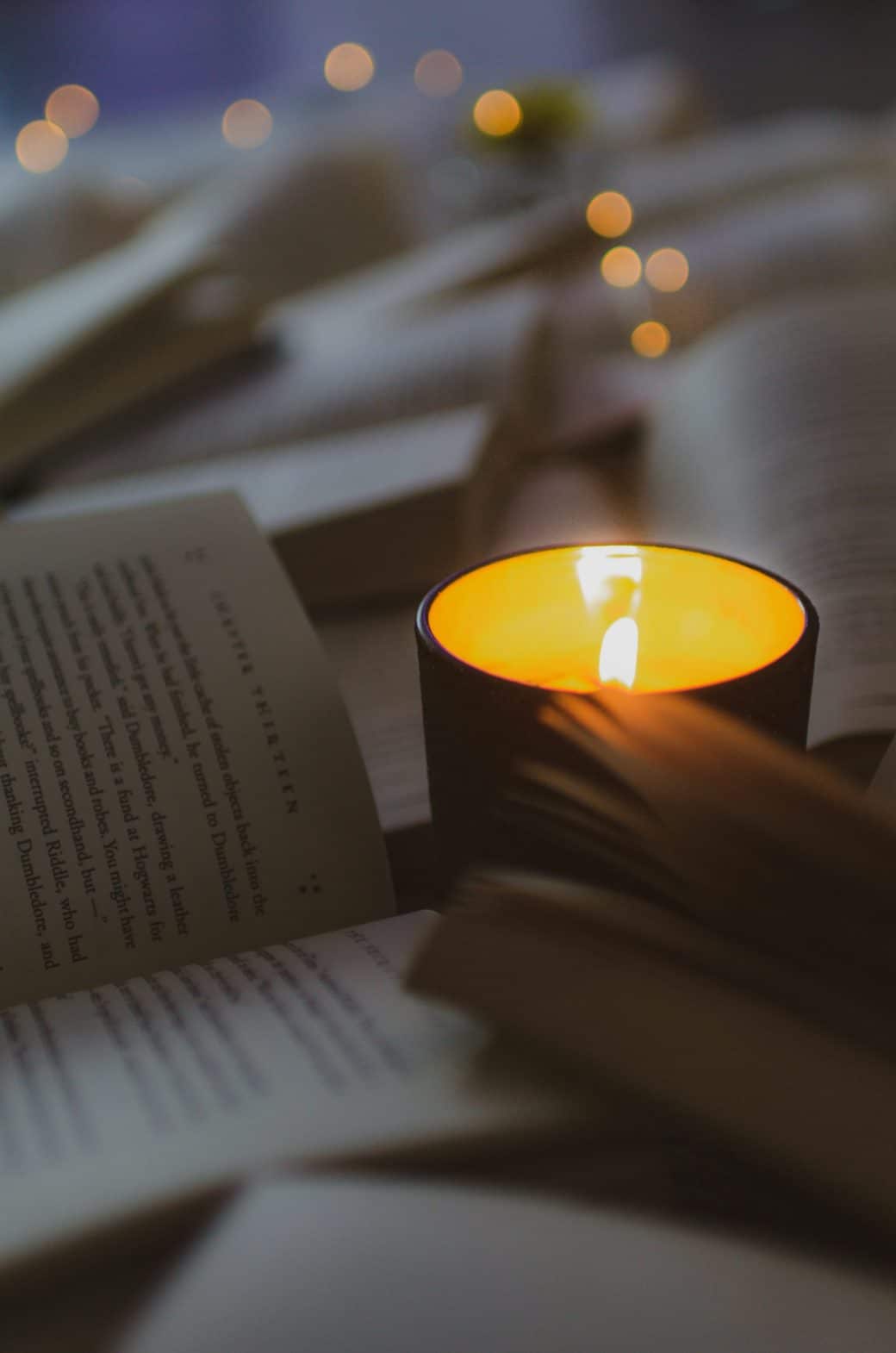So, let me take you on a little journey to uncover some hidden artistry—you might not realize it, but the world of candle making is as intricate and fascinating as any other craft out there. “Unveiling The Masterpieces: A Behind-the-Scenes Look At Candle Making Techniques” is all about peeling back the curtain on this vibrant craft. From the initial scent selection to the final touches that make each candle a unique piece of art, this article lights the way through the journey of transforming simple wax and wick into glowing marvels that enchant our evenings. Through my personal experience and insights from seasoned candle-makers, I aim to shine a light on the creativity and technical skill that goes into crafting each candle.
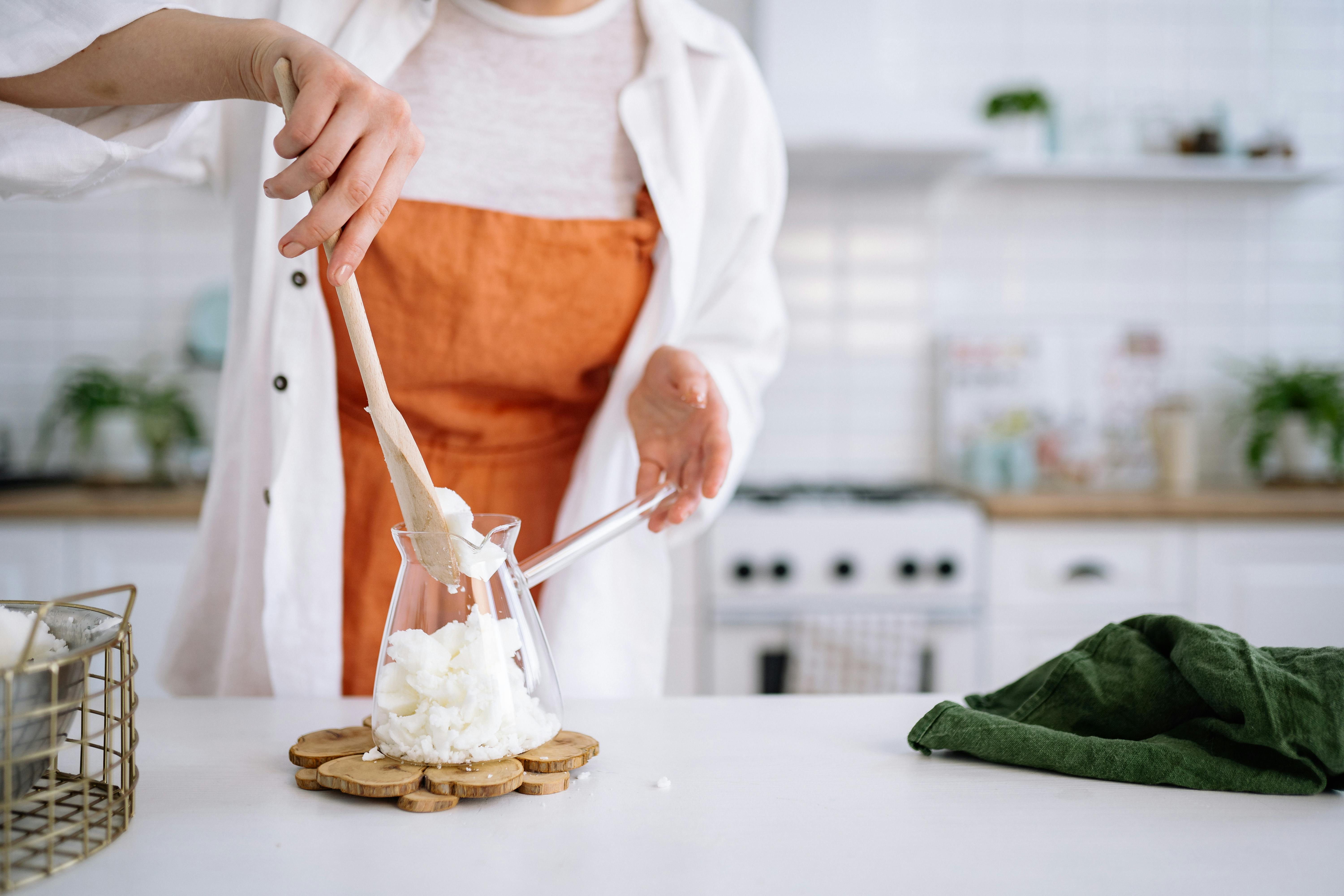
Historical Evolution of Candle Making
Ancient times candle making
Back in ancient times, you wouldn’t find the scented, colorful candles we’re accustomed to today. Candle making was more about necessity than ambiance. People used tallow, a hard fat obtained from animals, to make candles. These candles were smoky, produced a foul odor, and didn’t burn as cleanly as the ones we use today. But hey, it was either that or complete darkness once the sun went down. It’s fascinating to think about how something as simple as candle making was integral to the livelihood of our ancestors.
Middle ages and the advent of beeswax candles
As we moved into the middle ages, someone had a bright idea (pun intended). They discovered that candles could be made from beeswax, which was a game-changer. Beeswax candles were a significant upgrade from their tallow predecessors. They burned cleaner, didn’t produce a smoky flame, and most importantly, didn’t stink up the place. However, beeswax wasn’t cheap, so only the wealthy got to enjoy the luxury of odorless light for a while.
Industrial revolution and the shift to paraffin
Then came the industrial revolution, a period that changed the face of candle making forever. The discovery and introduction of paraffin wax revolutionized the candle industry. Paraffin, derived from petroleum, was both abundant and inexpensive. It burned cleaner and longer than tallow and was easier to work with than beeswax. This shift to paraffin made candles accessible to the masses, not just the elite. Candles became a staple in every household, illuminating homes like never before.
Modern-day candle making techniques and materials
Fast forward to today, and the art of candle making has evolved into a creative craft. Modern-day candle making incorporates a variety of materials and techniques. Soy wax, coconut wax, gel, and even recycled wax are part of the extensive lineup of materials used. The inclusion of dyes, scents, and decorative elements has turned candle making into an art form. It’s amazing to see how far we’ve come from those ancient tallow candles to the beautiful, aromatic creations we have today.
Understanding Basic Ingredients and Supplies
Waxes and their various forms
In the world of candle making, wax is the star of the show. The most popular types include paraffin, soy, beeswax, palm, and coconut wax, each with its own set of characteristics. Paraffin is known for its excellent scent throw, while soy wax is favored for its natural, eco-friendly qualities. Beeswax, with its sweet, natural fragrance, burns cleaner and longer. Palm and coconut waxes are also great eco-friendly alternatives, offering a smooth texture and a clean burn.
The role of wicks and types
Choosing the right wick is crucial for a candle’s performance. The wick’s size and material determine how well the candle burns. Cotton wicks are quite common, offering a clean burn, but there are also wood wicks that crackle like a mini fireplace. The material and size of the wick you choose should match the type of wax and size of the candle you’re making to ensure an even burn and minimal sooting.
Colorants and dyes
Adding color to candles can turn them into true pieces of decoration. Candle dyes come in various forms, including liquids, powders, and even dye blocks. It’s all about personal preference and the type of wax you’re using. The right amount and type of dye can make your candle a vibrant masterpiece without affecting its burning properties.
Essential oils and fragrances
The scent is what makes a candle truly special. The use of essential oils and synthetic fragrances can transform the ambiance of a room. Whether you’re aiming for relaxation with lavender or a festive vibe with cinnamon, the possibilities are endless. The key is to add the right amount of fragrance at the right temperature to ensure a strong and lasting scent.
Candle molds and shapes
Candle molds determine the shape and size of your candles. From simple round molds to intricate geometric shapes, there’s a mold for every idea you have in mind. Silicone molds are quite popular for their flexibility and ease of use, but there are also metal and plastic molds for those who prefer them.
Other necessary tools and equipment
Beyond waxes, wicks, and molds, there are a few more tools you’ll need in your candle-making arsenal. A double boiler for melting wax, a thermometer to monitor wax temperature, stirring utensils, and a pouring jug are just a few essentials. Proper tools not only make the process smoother but also ensure safety.

Exploring Various Types of Candle Waxes
Paraffin wax
Paraffin wax, derived from petroleum, is a staple in the candle-making industry due to its excellent scent throw and ease of use. It’s ideal for beginners and can be used to create a wide variety of candle types. However, it’s worth noting that there are some concerns regarding its environmental impact and potential health effects when burned.
Soy wax
Soy wax is a popular choice for eco-conscious candle makers. Made from soybean oil, it burns cleaner and longer than paraffin and is biodegradable. Soy candles also have a great scent throw, although they may require more fragrance oil than paraffin candles. Working with soy wax can be a bit finicky due to its lower melting point, but the result is a beautiful, natural, and eco-friendly candle.
Beeswax
There’s something truly special about beeswax candles. They burn with a bright, warm glow and emit a natural, sweet honey scent that’s hard to replicate. Beeswax is also non-toxic and purifies the air by releasing negative ions. Its high melting point makes it a bit challenging to work with, but the effort is well worth it for the quality of candle it produces.
Coconut wax
Coconut wax is a relatively new player in the candle-making scene, but it’s quickly becoming a favorite. It’s made from cold-pressed coconut oil and has a very clean burn. Coconut wax blends well with other waxes and holds fragrance excellently. It also has a beautiful, creamy white appearance, making it a great choice for container candles.
Palm wax
Palm wax is another natural option, known for its unique crystalline structure that creates beautiful patterns in the candles. It’s a hard wax with a high melting point, making it perfect for pillar candles. However, it’s important to source palm wax responsibly due to environmental concerns associated with palm oil production.
Exploring blends and mixtures
Sometimes, the best candle comes from a blend of waxes. Combining different types of wax can enhance the qualities of a candle, such as its scent throw, burn time, and appearance. Many candle makers experiment with blends to achieve specific properties, like the perfect balance between a good scent throw and a clean burn.
Significance of Wicks
Selection based on wax and candle size
The type and size of the wick are imperative for a proper burn. Thicker wicks are necessary for wider candles to ensure the entire surface melts, while smaller candles require thinner wicks to prevent them from burning too quickly. The wax type also plays a role; for instance, soy wax generally requires a larger wick than paraffin for an even burn.
Burning qualities and performance
A wick’s material affects the candle’s burning qualities. Cotton and wood wicks offer a clean burn, but wood wicks add a crackling sound for a cozy atmosphere. The performance of a wick, including its burn time and the shape of the flame, is critical in making a candle safe and enjoyable.
Lead vs. lead-free wicks
It’s essential to choose lead-free wicks for health and environmental reasons. Lead wicks have been banned in many countries due to the harmful emissions they produce. Today, most wicks are made from cotton or wood, ensuring a safer and cleaner burn.
Natural vs. chemical-based wicks
While most wicks are natural, some may be treated with chemicals to improve their burning qualities. Natural wicks, especially those made from organic materials, are preferred for a cleaner burn and to avoid releasing any potentially harmful substances into the air.
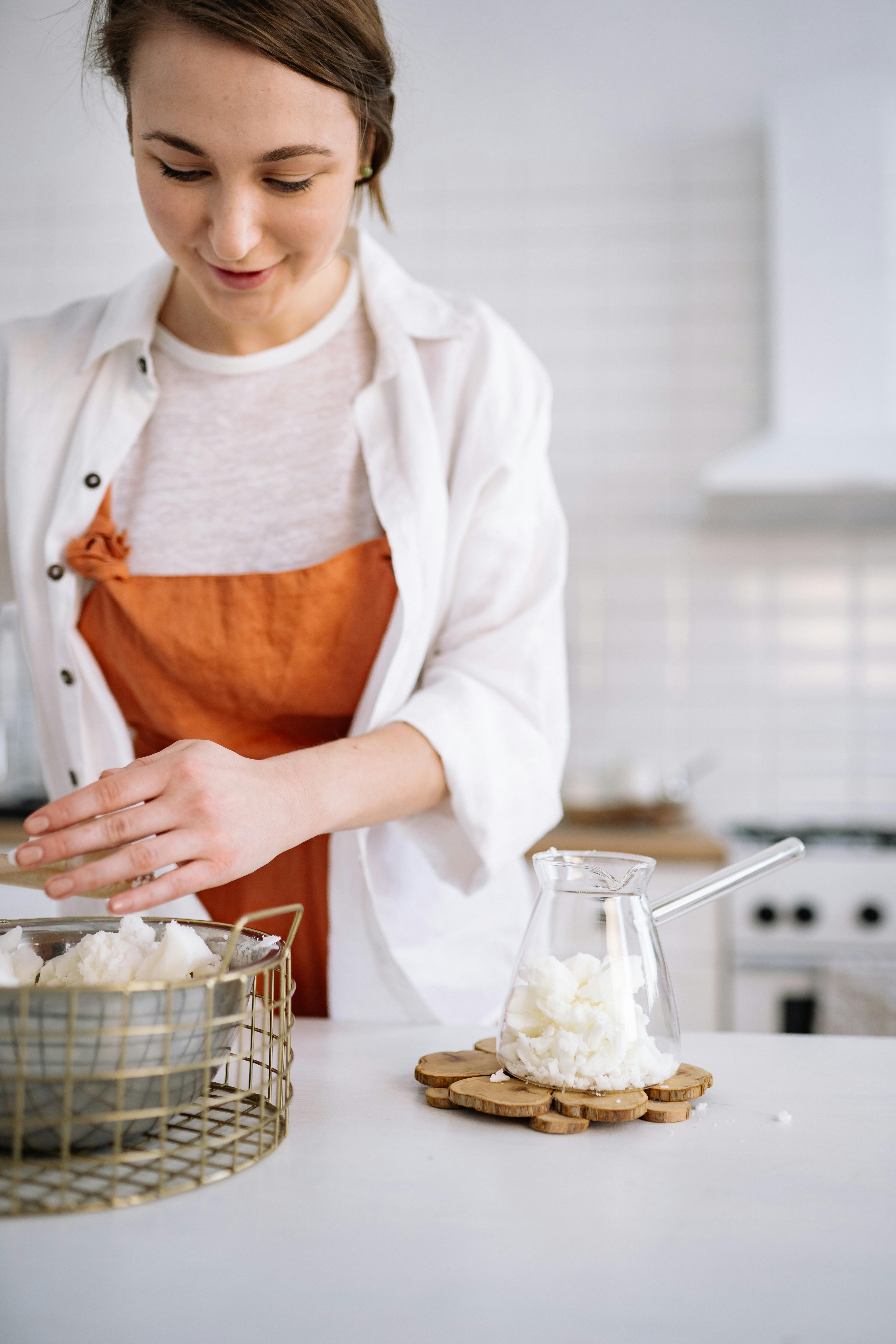
The Art of Adding Color and Fragrance
Type and quantity of dyes
The type and quantity of dye you use can dramatically impact the final appearance of your candle. Liquid dyes are easy to mix and offer vibrant colors, while powder and block dyes provide a more subtle tint. Remember, a little goes a long way; too much dye can affect the candle’s burning properties.
Manipulating colors for effect
Creating gradients or layers with different colors can add a unique touch to your candles. Techniques like over-dipping or using multiple pours allow for creative expression through color. It’s an artistic way to make each candle a piece of art.
Choosing scents and potency levels
Selecting the right scent and determining its potency is subjective but crucial. The amount of fragrance oil can vary depending on the wax type and desired strength. Soy wax, for example, might require more fragrance oil than paraffin. It’s all about finding the right balance for a pleasing aroma without overwhelming the senses.
Timing of fragrance addition for optimum results
Adding fragrance at the right temperature is key to ensuring it integrates well with the wax. If added when the wax is too hot, the fragrance can evaporate; too cool, and it might not mix properly. Each type of wax has an optimal temperature for fragrance addition, generally just before pouring.
Exploring Different Candle-Making Techniques
Molded candles
Molded candles are made by pouring wax into a mold and letting it solidify. This technique allows for a wide array of shapes and designs, from simple to complex. The choice of mold material, whether silicone, metal, or plastic, affects the ease of release and the finish of the candle.
Layered candles
Creating layered candles involves pouring layers of wax in different colors or scents, allowing each layer to cool before adding the next. This method requires patience and precision but results in visually stunning and multifaceted aromatic candles.
Rolled beeswax candles
Rolled beeswax candles are perhaps the easiest to make. Sheets of beeswax are simply rolled around a wick. It’s a fun, hands-on technique that allows for customization in size and decorated by embedding items into the wax.
Floating candles
Floating candles are made with a lower melting point wax to ensure they stay afloat and burn beautifully on water surfaces. They’re typically smaller and require careful attention to wick size to maintain stability.
Container or jar candles
Container or jar candles are popular for their simplicity and safety. The wax is poured into a container, which then becomes part of the candle’s aesthetic. It’s a versatile technique, allowing for creativity in choosing containers and layering scents and colors.
Understanding Candle Burning Properties
Cold throw vs hot throw
The fragrance of a candle when it’s not burning is known as the cold throw, while the scent it releases while burning is the hot throw. Both are important in evaluating a candle’s aromatic quality. A good candle will have a pleasant cold throw and an even better hot throw.
Burn time and its calculation
A candle’s burn time depends on various factors including wax type, wick size, and candle size. Generally, manufacturers provide guidelines on burn times for different wicks and waxes. Calculating an approximate burn time can help set expectations and ensure satisfaction.
Flame height and soot production
The right wick will produce a stable flame of the correct height and minimal soot. A flame that’s too high can cause excessive melting and potentially break the container, while too much soot can discolor walls and other surfaces nearby.
Candle safety precautions
Safety in candle making and burning cannot be overstated. Ensuring the wick is the right size, using lead-free wicks, keeping flammable objects away, and never leaving a burning candle unattended are basic safety tips. Following these can prevent most candle-related accidents.
Troubleshooting Common Candle Making Issues
Wick tunneling
Tunneling occurs when the wick burns down the middle of the candle without melting the surrounding wax. It’s often caused by using a wick that’s too small. A simple solution is to ensure the entire top layer of wax melts during the first burn.
Frosting in soy candles
Frosting is a common issue with soy wax, where the surface appears to have a white frost. Though purely cosmetic and not affecting the burn, it can be minimized by pouring the wax at a lower temperature.
Uneven color or fragrance
Getting an even distribution of color and fragrance requires thorough mixing and adding dyes and scents at the optimal temperature. Inconsistent mixing or incorrect temperatures can lead to unevenness.
Non-centered wick
A non-centered wick can cause uneven burning and potential safety hazards. Securing the wick in place before pouring the wax and adjusting it as the wax cools is crucial for a centered, properly burning candle.
Candle burn time is too short or long
Burn time issues often stem from incorrect wick size. A too-large wick burns the candle too quickly, while a too-small wick can result in a burn time that’s elongated beyond practicality. Testing different wick sizes can help find the right balance.
Enhancing Aesthetics: Decoration and Packaging
Using decorative elements in and around the candle
Embedding items like dried flowers, stones, or glitter into candles can add visual appeal and uniqueness. These elements should be placed away from the wick to avoid any fire hazards.
Importance of packaging for presentation and safety
Well-designed packaging not only protects the candle but also enhances its appeal, making it more attractive for personal use or as a gift. Safety instructions and ingredients should also be included in the packaging.
Innovative and eco-friendly packaging ideas
Sustainability is increasingly important in candle packaging. Ideas like reusable jars, biodegradable boxes, and minimal plastic use not only appeal to eco-conscious consumers but also reduce environmental impact.
Tips and Tricks for Candle Making Beginners
Choosing the right materials for your purpose
Understanding the type of candle you want to create will guide your selection of materials. Whether it’s a richly scented jar candle or a decorative beeswax candle, picking the appropriate wax, wick, and additives is essential.
Understanding the importance of temperature
Temperature plays a critical role in candle making, from melting the wax to adding fragrance. A thermometer is an indispensable tool in ensuring each step happens at the correct temperature for optimal results.
Considerations in blending colors and fragrances
Blending colors and fragrances offers endless possibilities for customization but requires careful consideration. Experimenting with small batches can help determine the right combinations and amounts for the desired outcome.
Achieving professional-quality results at home
With patience and practice, producing professional-quality candles at home is entirely possible. Paying attention to details like proper wick placement, even coloring, and smooth finishes can elevate homemade candles to a professional standard.
Candle making is a fascinating craft that combines creativity, science, and a bit of history. Whether you’re a beginner or a seasoned candle maker, there’s always something new to learn and explore in the world of candle making. From understanding the basics to troubleshooting common issues, mastering the art of candle making can be a rewarding and illuminating experience.

